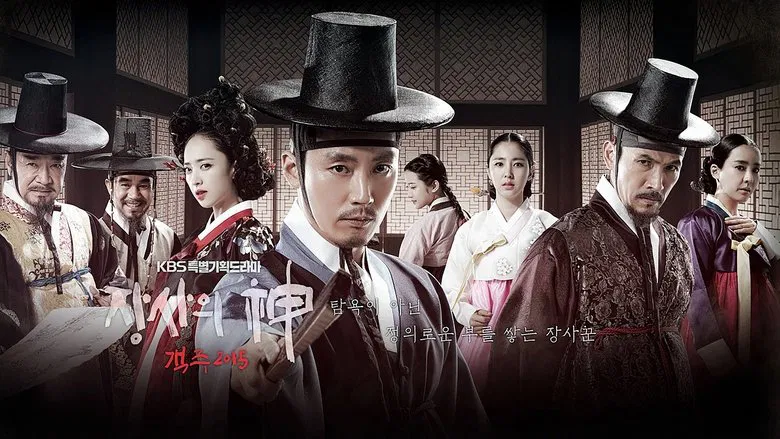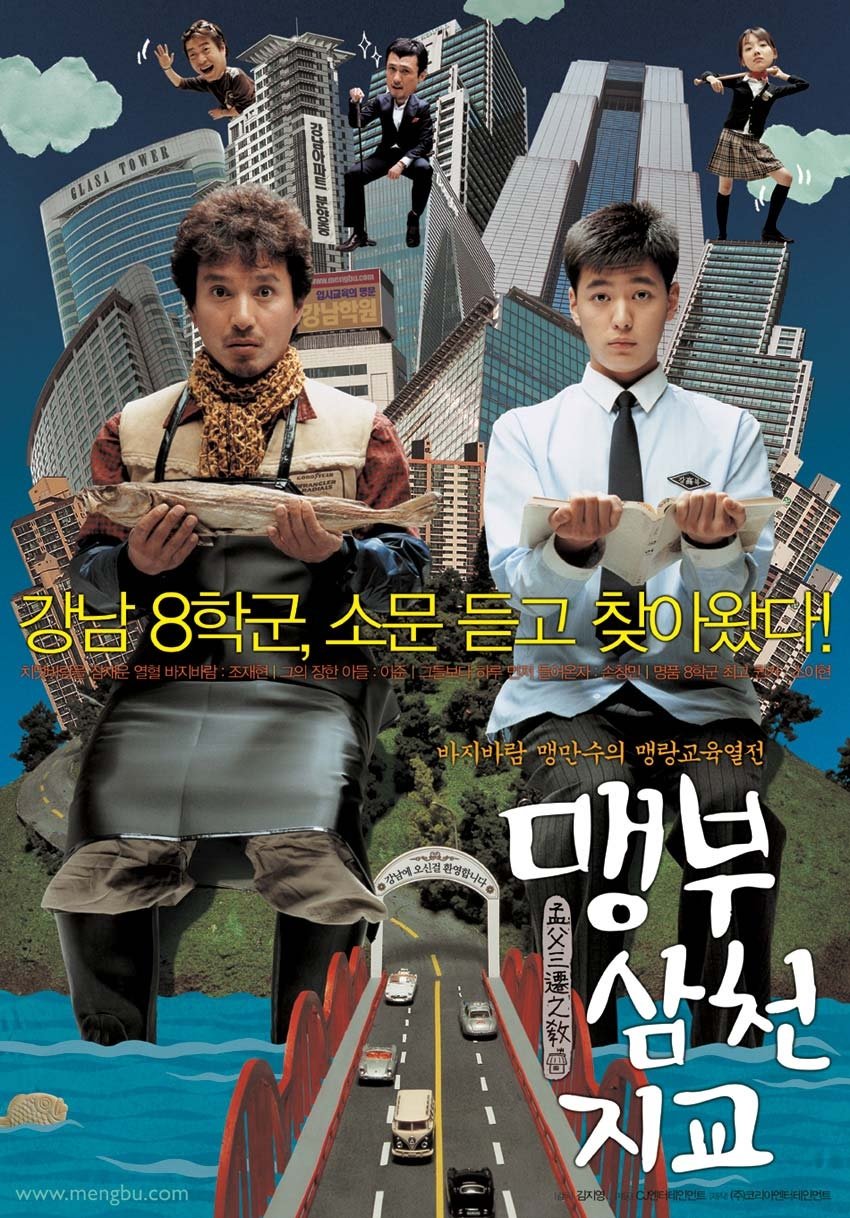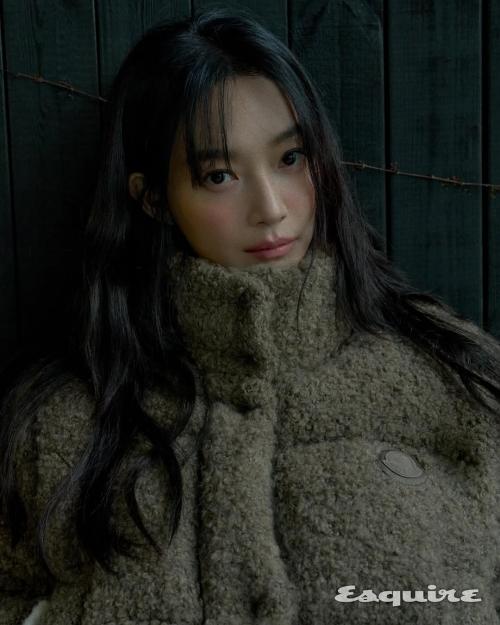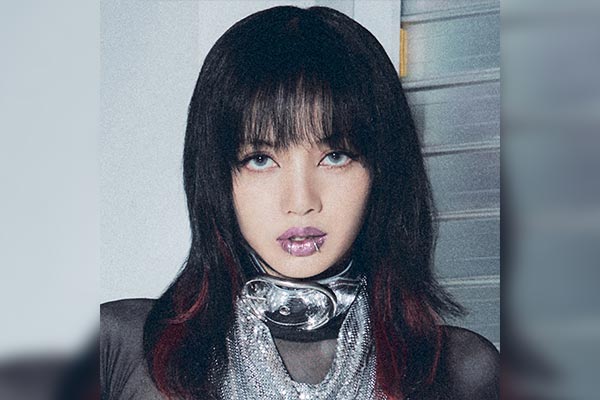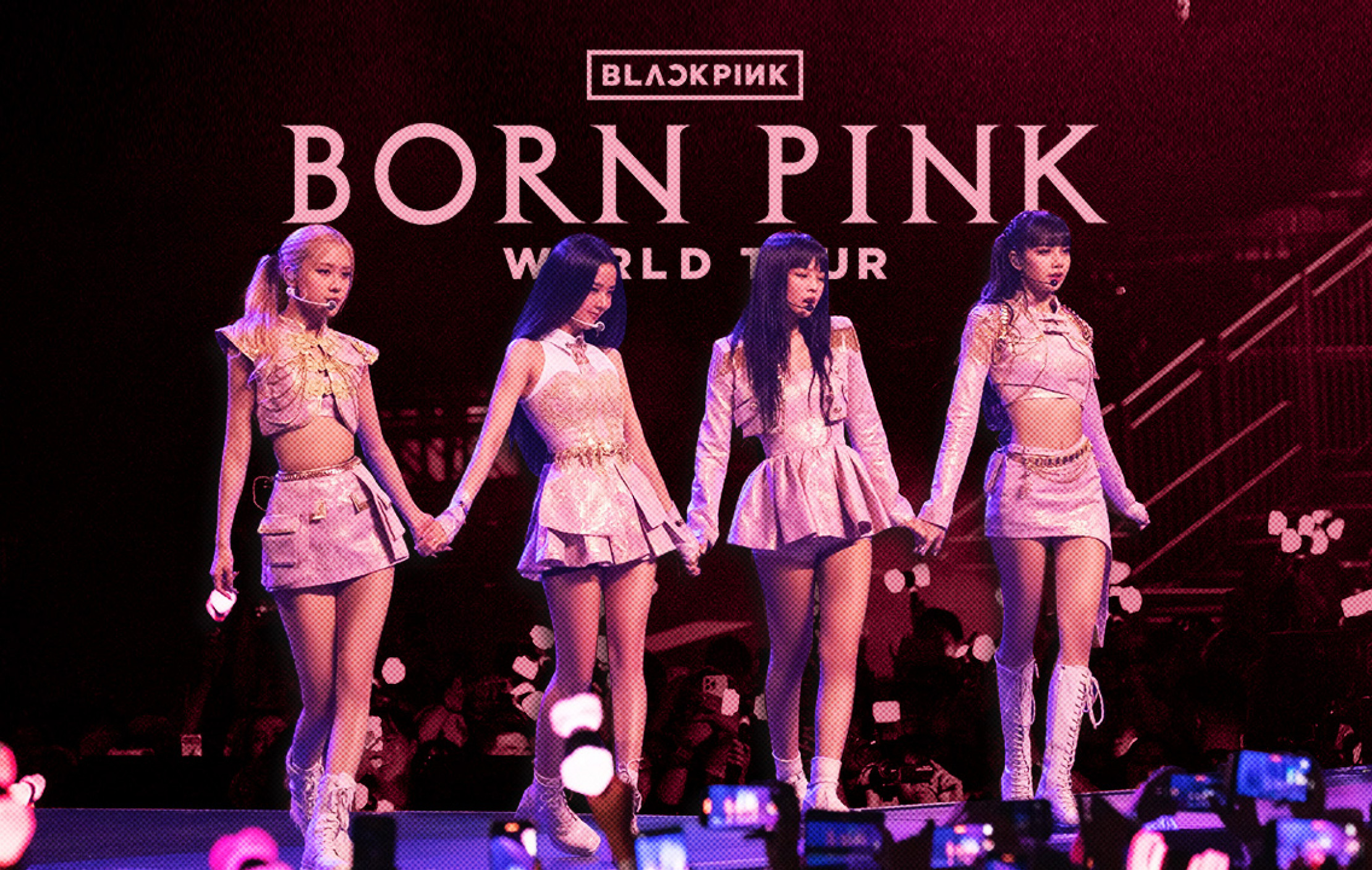Smashing – Among the many historical K-dramas that blend business, politics, and human resilience, few stand out as distinctly as Gaekju 2015 Drama Guide reveals. This epic South Korean period series—also known as The Merchant: Gaekju 2015 offers not only gripping storytelling but a rich portrayal of Korea’s economic transformation during the late Joseon era. Through themes of ambition, loyalty, and survival, the drama explores how merchants shaped the roots of modern Korean capitalism. What makes this show special is not just its cinematic storytelling, but how it redefines the role of traders as pioneers of change in a hierarchical society.
Table of Contents
Historical Context Behind Gaekju 2015
Plot Overview and Character Dynamics
Themes of Commerce, Power, and Morality
Cultural and Political Symbolism
The Cinematic Language and Production Design
The Lead Performance and Supporting Cast
How Gaekju 2015 Differs from Other Sageuks
Merchants as Social Revolutionaries
Audience Reception and Global Legacy
Why Gaekju 2015 Remains Relevant Today
FAQ About Gaekju 2015 Drama
Historical Context Behind Gaekju 2015
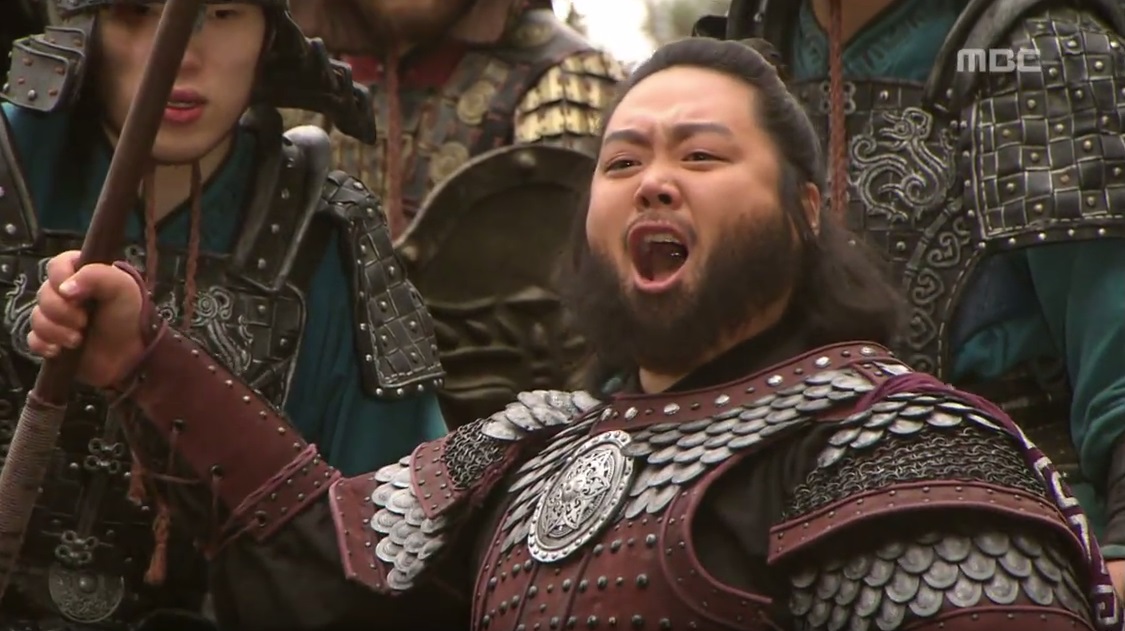
To understand Gaekju 2015 Drama Guide, we must begin with the word “Gaekju.” In Joseon Korea, Gaekju referred to merchant houses that controlled trade routes, loans, and goods across the peninsula. The drama situates itself in this turbulent period when traditional aristocratic dominance began to crumble under the weight of commerce.
-
Merchants were seen as the lowest class, yet they secretly controlled vast wealth.
-
Political corruption forced commoners to find power outside official hierarchies.
-
Gaekju merchants became symbols of innovation, resilience, and defiance.
By dramatizing this shift, Gaekju 2015 Drama Guide becomes more than entertainment—it’s a historical reconstruction of how ordinary Koreans forged a new social identity through trade.
Plot Overview and Character Dynamics
At its heart, Gaekju Drama Guide follows Cheon Bong-sam, a humble peddler who rises from tragedy to become one of Joseon’s most powerful merchants.
-
After his father’s unjust death, Bong-sam inherits nothing but determination.
-
He faces betrayal, love, and loss while building his trading empire.
-
His journey intertwines with rival merchants, corrupt officials, and personal moral dilemmas.
Through Bong-sam’s evolution, the drama shows that leadership is not born from privilege but forged in hardship—a recurring motif in Korean historical storytelling.
Themes of Commerce, Power, and Morality
Gaekju 2015 Drama Guide stands apart because it transforms commerce into a moral battlefield. Each trade deal mirrors a philosophical question about ethics, greed, and destiny.
-
Is it possible to build wealth without corruption?
-
Can integrity survive in the face of power?
-
How far should one go for survival in a world ruled by elites?
The drama’s economic realism mixes with emotional intensity, making it as much a political allegory as it is a human story. The “market” becomes a battlefield of ideals where moral choices define destiny.
Cultural and Political Symbolism
Beyond its business narrative, Gaekju Drama Guide reflects a nation in transformation.
-
The rise of merchants represents Korea’s early steps toward modern capitalism.
-
Political figures symbolize a decaying Confucian hierarchy resisting change.
-
Women, often sidelined in historical dramas, are portrayed as strategic thinkers and emotional anchors.
This balance of realism and metaphor makes the show a cultural mirror of Korea’s historical evolution from feudal tradition to industrial modernity.
The Cinematic Language and Production Design
Every frame of Gaekju 2015 Drama Guide feels intentional, rich with historical texture and emotional gravity.
-
The color palette alternates between earthy browns and muted golds—signifying both poverty and ambition.
-
Costumes reflect the era’s social hierarchy, from humble fabrics to ornate hanbok designs.
-
Filming locations emphasize trade routes, inns, and open markets that pulse with life and unpredictability.
The show’s visual storytelling immerses viewers not just in Joseon-era Korea but in a universal story of endurance and ambition.
The Lead Performance and Supporting Cast
Jang Hyuk’s portrayal of Cheon Bong-sam anchors Gaekju Drama Guide with depth and charisma.
-
His performance balances stoic endurance with moral vulnerability.
-
Supporting actors like Kim Min-jung, Han Chae-ah, and Lee Deok-hwa bring layers of complexity to allies and rivals alike.
-
The chemistry between characters transforms business rivalries into emotional warfare.
Jang Hyuk’s performance, coupled with subtle ensemble acting, elevates the drama from historical reconstruction to human epic.
How Gaekju 2015 Differs from Other Sageuks
Most historical Korean dramas focus on kings, warriors, or aristocrats. Gaekju Drama Guide dares to center its narrative on merchants—the unsung architects of change.
-
It replaces sword fights with negotiation tables.
-
Power struggles are economic, not military.
-
Success depends on persuasion, intellect, and moral resilience.
This grounded approach makes Gaekju 2015 not just a period piece but a reflection of timeless social themes: ambition, justice, and the fight for dignity.
Merchants as Social Revolutionaries
In Gaekju 2015 Drama Guide, merchants become unexpected revolutionaries. They defy the rigid Confucian order by proving that wealth can build new forms of authority.
-
The market becomes a democratic space where talent, not birth, defines value.
-
Merchants challenge corruption by creating alternative systems of exchange.
-
Bong-sam’s rise demonstrates how trade can liberate individuals from class constraints.
By depicting commerce as rebellion, the drama reclaims the merchant’s place as a catalyst for social transformation.
Audience Reception and Global Legacy
Gaekju 2015 Drama Guide received critical acclaim for its depth, realism, and emotional complexity.
-
It earned praise from both historians and K-drama fans for its accurate depiction of economic structures.
-
International audiences were drawn to its universal themes of perseverance and morality.
-
The drama continues to be studied for its portrayal of proto-capitalism and ethics in pre-modern Korea.
Its legacy endures not just as entertainment but as a cinematic lesson in how culture, economy, and morality intertwine.
Why Gaekju 2015 Remains Relevant Today
Even years after its release, Gaekju 2015 Drama Guide feels uncannily relevant.
-
In today’s world of economic inequality, its moral lessons resonate deeply.
-
Bong-sam’s struggle for ethical success mirrors modern entrepreneurship challenges.
-
The show’s vision of trade as both opportunity and temptation remains universal.
Ultimately, Gaekju 2015 transcends its historical setting. It reminds us that ambition, integrity, and compassion are as valuable in business today as they were in Joseon’s bustling markets.
FAQ About Gaekju 2015 Drama
What is the main message of Gaekju 2015?
That true success is not measured by wealth but by integrity, perseverance, and moral clarity.
Is Gaekju 2015 based on real historical events?
It’s inspired by real merchant traditions during the late Joseon era but dramatized through fictional characters.
Why is the drama called “The Merchant”?
Because it celebrates the social and economic revolution sparked by Korea’s early trading pioneers.
Who plays the lead role in Gaekju 2015?
Jang Hyuk stars as Cheon Bong-sam, a character symbolizing resilience and ethical leadership.
Is Gaekju 2015 worth watching today?
Absolutely. Its storytelling, visuals, and moral depth make it timeless and educational for modern audiences.

